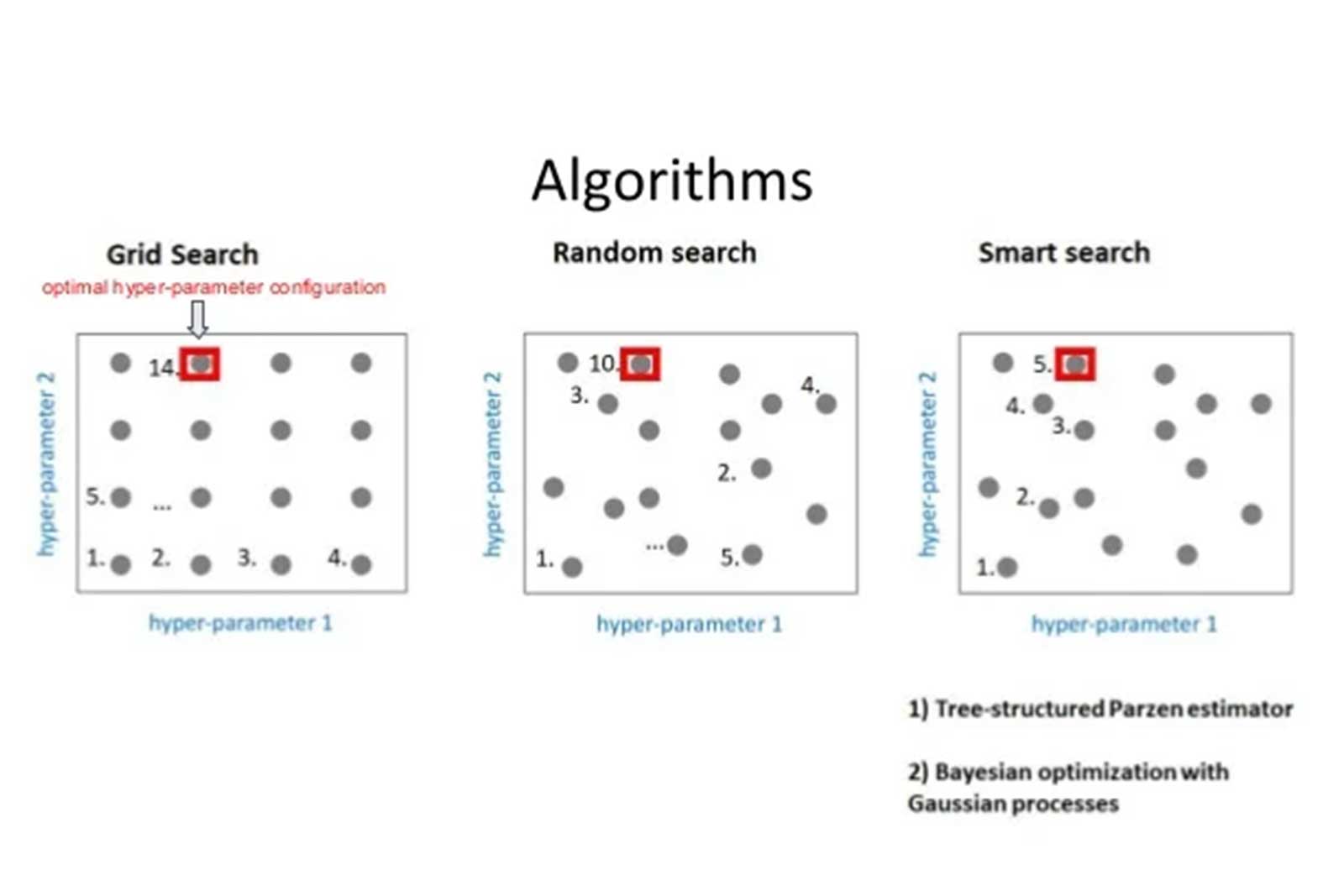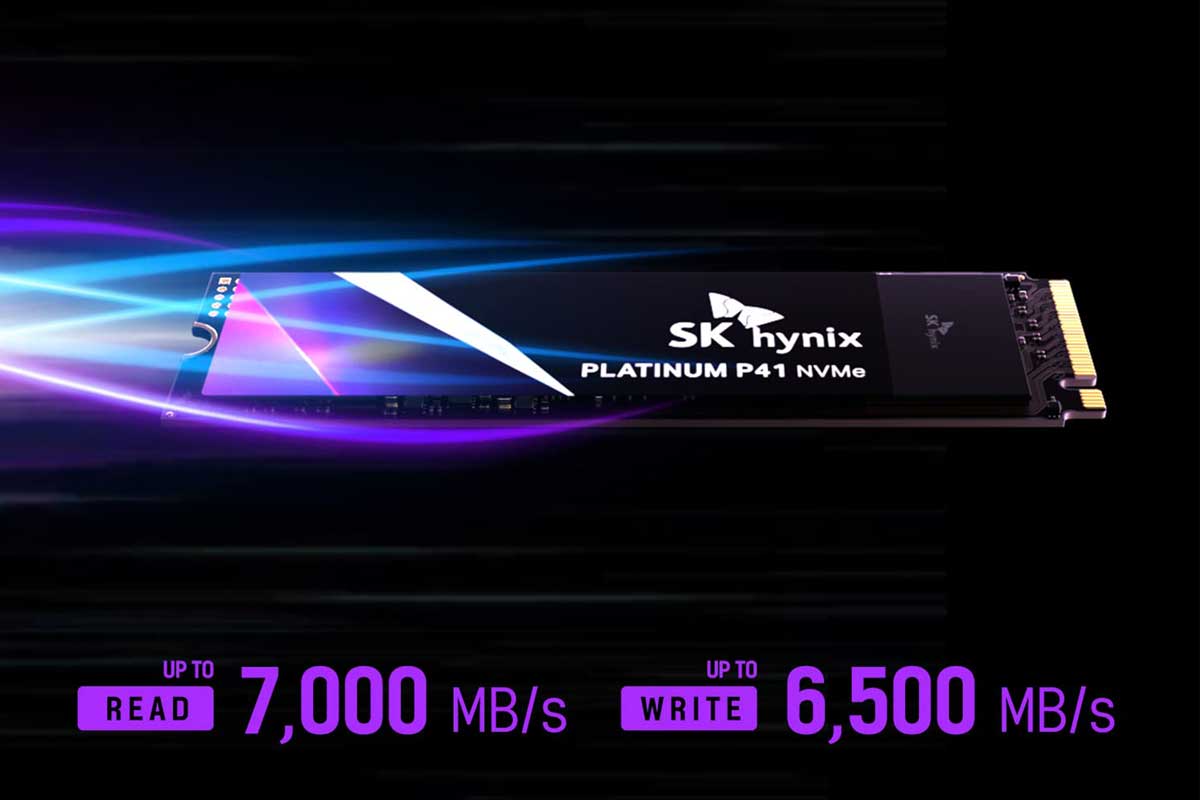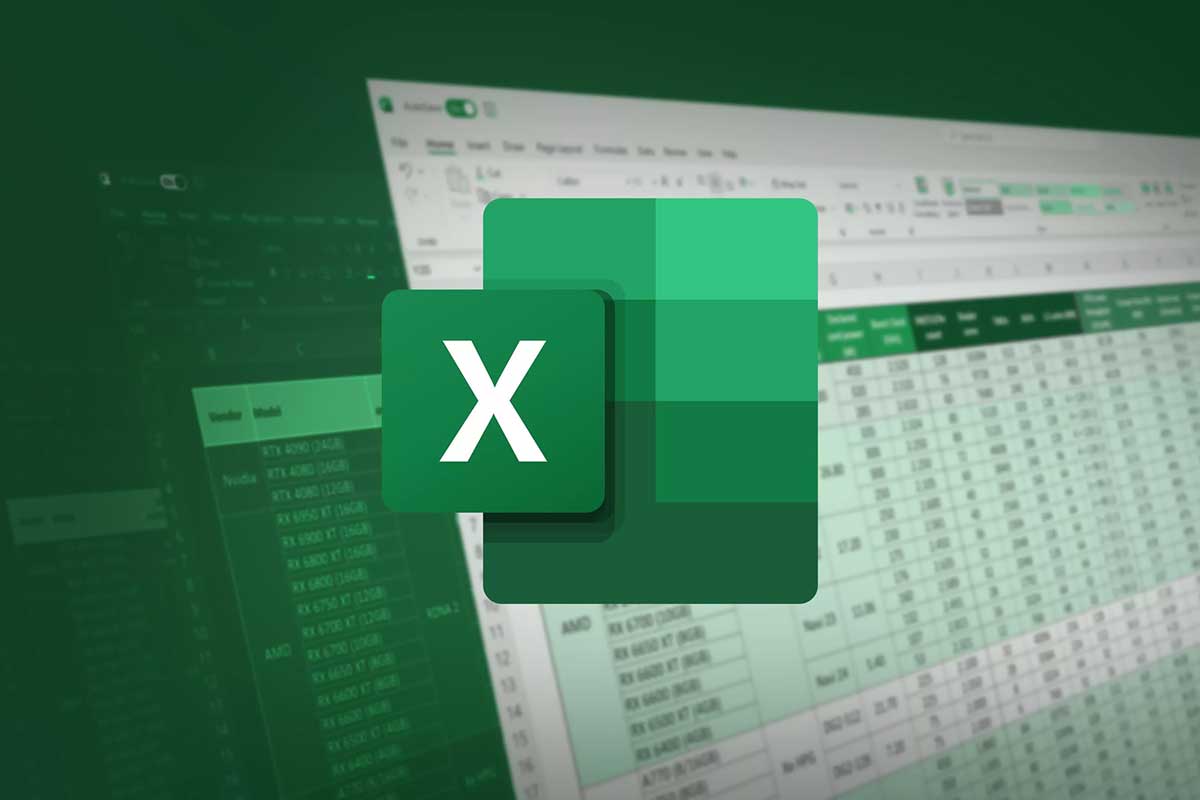Bitcoin vs. Ethereum
Holding the number one and two spots for overall market cap in cryptocurrency, Bitcoin and Ethereum are often compared against each other.
There’s an ongoing debate over which cryptocurrency is better, but focusing on the individual tokens is only part of what makes Bitcoin and Ethereum different–and incredible.
The Bitcoin and Ethereum blockchains were created for different purposes, so it might be more useful to understand what makes each unique, what makes them different, and what that means for you.
What is Bitcoin?
A quick note on capitalization: Bitcoin with an uppercase B refers to the blockchain network and protocol, while bitcoin with a lowercase b refers to the cryptocurrency that is used on the Bitcoin network. BTC also refers to the bitcoin token.
As a blockchain protocol, Bitcoin acts as a settlement system that validates and records transactions between users on the network. The Bitcoin protocol is responsible for generating new blocks and working with miners to mint new BTC, while distributing copies of the ledger across all nodes (computers that verify transactions).
As a cryptocurrency, bitcoin is a peer-to-peer digital cash system, intended to be used as an alternative to traditional fiat currency like the US Dollar. Since BTC has a finite supply and takes work to create (more BTC can’t just be issued at any time), it’s often compared to gold.
BTC is the only token on the Bitcoin network, and is created through mining. BTC is also used to pay transaction fees to miners when they generate new blocks, and can be used as a medium of exchange or long-term store of value.
Learn more in Bitcoin, Explained
What is Ethereum?
Ethereum was created to act as a decentralized world computer that uses smart contracts and allows developers to build on top of the core blockchain.
Ethereum has been the leading blockchain when it comes to DeFi, with many of the biggest dApps, DAOs and DEXs built on it, creating smaller cryptocurrency economies within the Ethereum ecosystem.
ETH is the native token of the Ethereum network, used for securing the network through staking, paying for transaction fees (called gas fees) and for voting on network improvements.
Ethereum utilizes a Proof of Stake consensus mechanism, allowing the network to use less energy while processing more transactions per second. Some blockchains built using Layer 2 or sidechain systems have even greater processing capabilities, which can be used for things like faster payments and blockchain gaming.
This kind of versatility is what Ethereum was built for, and ongoing improvements to the network could create even more opportunities for DeFi projects.
Learn more in Ethereum, Explained
Comparing Bitcoin and Ethereum
PoS vs PoW
Ethereum recently moved to a Proof of Stake consensus mechanism in “The Merge,” a change that has major implications for the blockchain and the ETH token.
Bitcoin has always operated on a Proof of Work consensus mechanism, and since it’s such a core part of Bitcoin’s monetary policy, this will likely never change.
Bitcoin has a hard-capped supply of 21,000,000 BTC, and Proof of Work (mining) is how new bitcoins are created. There is an infinite supply of ETH available, and now that Ethereum is using Proof of Stake they no longer utilize miners, but rather validators.
A validator is a staking participant who has staked at least 32 ETH and they earn rewards for staking their ETH. Bitcoin, using Proof of Work, also has validators, but users can become validators at any time, they don’t receive rewards for validating transactions, and there are already thousands of Bitcoin validator nodes in operation.
Almost anyone can run a Bitcoin node, since the code is open-source and there’s no token threshold, which increases decentralization as Bitcoin grows. Ethereum’s staking requirement of 32 ETH is cost prohibitive to most users, and the incentive of staking rewards has resulted in five corporations acting as the largest validators, holding the most staked ETH and collecting the most rewards.
This is because validators with more staked ETH are more likely to win rewards, and this has resulted in some criticism that moving to Proof of Stake means that Ethereum is not as decentralized as Bitcoin, since Bitcoin validator nodes are run independently and are not reliant on staking and earning rewards.
That being said, the Ethereum network can process more transactions per second than the Bitcoin network, and is less energy intensive. While the energy cost of Bitcoin’s PoW system is higher than other PoS systems, that cost is critical to the security of the Bitcoin network, as it makes matching the computing power of the hash rate nearly impossible due to cost.
Decentralization
A major point of contention in the Ethereum vs. Bitcoin debate is that of decentralization.
One of Bitcoin’s biggest strengths is that it is truly decentralized; it operates outside of any corporation, nonprofit or governmental organizations, and even Layer 2 solutions for Bitcoin don’t have an effect on the operation of the Bitcoin network or value of BTC itself.
Ethereum has multiple groups involved with managing and developing the network that hold large amounts of ETH. ETH is used for voting decisions on network improvements, and the more ETH a user holds, the greater their voting rights (more ETH = more power).
Basically, this means that a small group of users that hold a majority of the staked ETH have more authority in the Ethereum ecosystem, something many critics consider to be a degradation of decentralization.
Scalability
One of the most pointed criticisms of Bitcoin is that of scalability. How will Bitcoin be able to match the processing speed and functionality of Ethereum when it comes to enabling DeFi?
Ethereum was built to be built upon, and it allows smart contracts to function while also offering developers the ability to increase scale through Layer 2 solutions. One way to think of Ethereum is as a software, like the Apple iOS, which allows other apps to be used on it.
This is how decentralized exchanges, gaming platforms and other Web3 tools are built on Ethereum, and ETH is the cryptocurrency that powers it all. The Ethereum blockchain is even being used in fields like healthcare to improve security and transparency.
However, there are also scaling solutions for the Bitcoin network, the most popular being the Lightning Network. Lightning is a Layer 2 network solution that uses smart contracts to allow for faster bitcoin payments, while retaining the security of the main Bitcoin network.
Adoption and development of the Lightning Network is increasing, but there are some issues with it, such as additional fees, stuck payments and the possibility of scams. Regulation around the Lightning Network is uncertain, but this is true of most DeFi tools.
Bitcoin or Ethereum: Who wins?
Despite their differences, both Ethereum and Bitcoin offer solutions that would have been impossible just twenty years ago. They were built for different purposes, but those differences are actually beneficial.
With Bitcoin, you have a long-term store of value thanks to the Proof of Work consensus mechanism and limited supply, and BTC can be used as a medium of exchange, especially as payment solutions like the Lightning Network develop.
Using Ethereum, you can access tons of DeFi tools that allow you to trade, swap and even borrow assets using crypto. The biggest Web3 projects live on Ethereum too, so that opens up things like NFTs and blockchain gaming.
As a crypto user, you’re the winner.
You have the choice of using Bitcoin and Ethereum, either separately or together. Choosing to buy BTC or ETH really just depends on your needs and goals, and like anything you’d buy, you have to do your own research to figure out what that means for you.
You can buy BTC and ETH at Blockchain.com, but first you’ll need a Wallet. Blockchain.com provides crypto wallets to millions of people, and allows you to self-custody your crypto so you have full control of your assets.

























